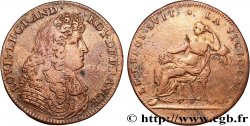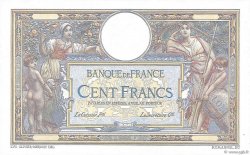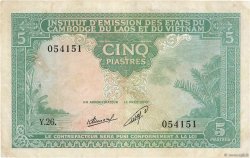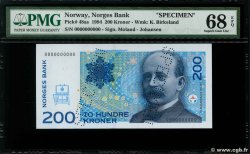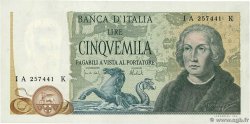E-auction 220-145296 - fjt_395046 - LOUIS XIV LE GRAND ou LE ROI SOLEIL Revers de Charles de Laubespine n.d.
Чтобы принять участие в торгах, вы должны войти в систему и стать подтвержденным участником аукциона. Войдите, чтобы сделать ставку. Ваш аккаунт будет подтвержден в течение 48 часов. Не ждите до закрытия торгов, чтобы зарегистрироваться.Сделав ставку на данный товар, вы вступаете в юридическое соглашение на покупку выбранного товара и нажатием кнопки «Сделать ставку» подтверждаете принятие вами условий интернет-аукционов cgb.fr.
Ставка может бить сделана только в полном эквиваленте евро. Торги закроются согласно времени, указанному в описании товара, все ставки, сделанные после закрытия торгов, учитываться не будут. Не следует откладывать предложение вашей ставки до последнего момента, так как система может не успеть обработать вашу заявку, и ваша ставка не будет принята. Более детальную информацию вы найдёте здесь: FAQ по интернет-аукционам.
БЕСПЛАТНО.
БЕСПЛАТНО.
| Оценить : | 10 € |
| Цена : | 3 € |
| Максимальная предлагаемая цена : | 3 € |
| Конец торгов : | 03 July 2017 18:23:00 |
| Участников : | 2 Участников |
Тип Revers de Charles de Laubespine
Дата: n.d.
Монетный двор / Город: s.l.
Металл: brass
Диаметр: 27 mm
Ориентация осей монеты: 6 h.
Вес: 6,28 g.
Век: lisse
Редкость: R1
Ссылки в каталоге: :
Лицевая сторона
Аверс: описание: Buste à droite de Louis XIV.
Обратная сторона
Реверс: легенда: FLORET REDIVIVA VIGETQVE.
Реверс: Описание: Aubépine remplissant le champ.
Реверс: перевод: Elle fleurit de nouveau et retrouve sa vigueur.
Комментарий
Ce revers correspond au jeton de Charles de Laubespine, chancelier du roi, noble lyonnais.
mportant et intéressant article sur ce personnage dans wikipedia à http://fr.wikipedia.org/wiki/Charles_de_l%27Aubespine
Charles de L'Aubespine, marquis de Châteauneuf (1580-1653), est un homme politique français, connu par ses contemporains comme Châteauneuf ou le garde des sceaux de Châteauneuf[1].
Issu d'une vieille famille de conseillers et de secrétaires d'État, il est le petit fils de Claude de L'Aubespine, baron de Châteauneuf.
Il était abbé de Préaux.
Il avait été appelé en 1611 à la direction des finances avec Jeannin et de Thou. Il avait rempli diverses missions à l'étranger : il fut ambassadeur de France en Hollande (1609), à Valtellina (1626), et en Angleterre (1629).
Fait garde des sceaux par Richelieu en 1630 après la journée des Dupes, en remplacement de Michel de Marillac, il présida les commissions extraordinaires de justice qui condamnèrent à mort le maréchal Louis de Marillac et le duc Henri II de Montmorency.
Il était actif et travailleur, et semblait le docile instrument du cardinal. Néanmoins, il ne tarda pas à trahir Richelieu pour les beaux yeux de Mme de Chevreuse[2] : il lui révéla les projets de Louis XIII sur la forteresse lorraine de Moyenvic, et la duchesse en informa aussitôt Charles IV (1633). Le cardinal lui ôta alors les sceaux pour les donner à Séguier[3], et le fit jeter dans une prison du château d'Angoulême tandis que Mme de Chevreuse était exilée en Touraine.
Libéré à la mort de Louis XIII (1643), il participa à la cabale des Importants menée par la duchesse de Chevreuse contre Mazarin et fut de nouveau éloigné dès 1645.
Cependant, grâce au crédit de Mme de Chevreuse, Anne d'Autriche lui rendit les sceaux en mars 1650 mais les lui retira en avril 1651 et l'exila, à l'occasion du rapprochement provisoire entre Mazarin et de la Vieille Fronde[4]. Il réussit cependant à entrer au conseil après la majorité du jeune Louis XIV, mais il s'y trouva sans crédit à cause de ses intrigues passées et préféra se retirer au début de 1652, peu de temps avant de mourir à Leuville-sur-Orge (Essonne) (1653)..
mportant et intéressant article sur ce personnage dans wikipedia à http://fr.wikipedia.org/wiki/Charles_de_l%27Aubespine
Charles de L'Aubespine, marquis de Châteauneuf (1580-1653), est un homme politique français, connu par ses contemporains comme Châteauneuf ou le garde des sceaux de Châteauneuf[1].
Issu d'une vieille famille de conseillers et de secrétaires d'État, il est le petit fils de Claude de L'Aubespine, baron de Châteauneuf.
Il était abbé de Préaux.
Il avait été appelé en 1611 à la direction des finances avec Jeannin et de Thou. Il avait rempli diverses missions à l'étranger : il fut ambassadeur de France en Hollande (1609), à Valtellina (1626), et en Angleterre (1629).
Fait garde des sceaux par Richelieu en 1630 après la journée des Dupes, en remplacement de Michel de Marillac, il présida les commissions extraordinaires de justice qui condamnèrent à mort le maréchal Louis de Marillac et le duc Henri II de Montmorency.
Il était actif et travailleur, et semblait le docile instrument du cardinal. Néanmoins, il ne tarda pas à trahir Richelieu pour les beaux yeux de Mme de Chevreuse[2] : il lui révéla les projets de Louis XIII sur la forteresse lorraine de Moyenvic, et la duchesse en informa aussitôt Charles IV (1633). Le cardinal lui ôta alors les sceaux pour les donner à Séguier[3], et le fit jeter dans une prison du château d'Angoulême tandis que Mme de Chevreuse était exilée en Touraine.
Libéré à la mort de Louis XIII (1643), il participa à la cabale des Importants menée par la duchesse de Chevreuse contre Mazarin et fut de nouveau éloigné dès 1645.
Cependant, grâce au crédit de Mme de Chevreuse, Anne d'Autriche lui rendit les sceaux en mars 1650 mais les lui retira en avril 1651 et l'exila, à l'occasion du rapprochement provisoire entre Mazarin et de la Vieille Fronde[4]. Il réussit cependant à entrer au conseil après la majorité du jeune Louis XIV, mais il s'y trouva sans crédit à cause de ses intrigues passées et préféra se retirer au début de 1652, peu de temps avant de mourir à Leuville-sur-Orge (Essonne) (1653)..







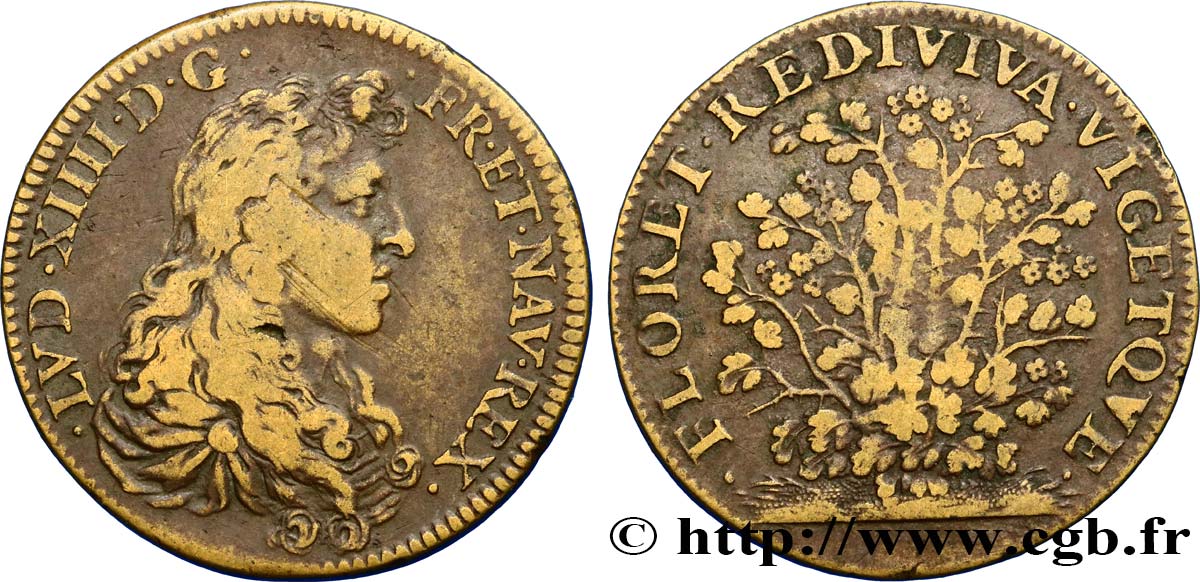
 Cообщить об ошибке
Cообщить об ошибке Распечатать страницу
Распечатать страницу Отправить мой выбор
Отправить мой выбор Задать вопрос
Задать вопрос Consign / sell
Consign / sell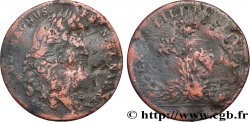
 Информация
Информация
